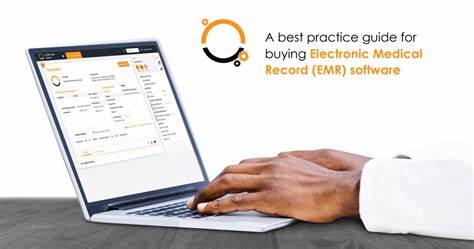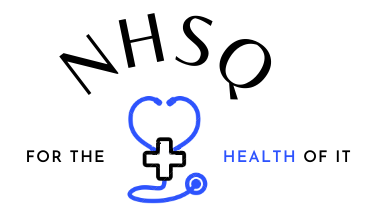The digitalization of healthcare is well underway and Electronic Medical Records (EMR) software has become an integral part of the process. An efficient EMR software can streamline operations, improve patient care, and increase efficiency in a practice. However, selecting the right EMR system can be daunting as so many options are available in the market. If you are looking for a top-of-the-line EMR system, be sure to check out the impressive features offered by Calysta. Here is what you need to know before buying your own EMR system.

1. Check out Calysta’s impressive features
One of the most important things to consider when looking for an EMR system is its features and capabilities. Calysta offers a comprehensive suite of tools that includes everything from scheduling and tracking patient information to billing management and analytical reporting. It also offers advanced features such as speech recognition for faster data entry, e-prescribing, lab integration and mobile access.
2. Consider your practice’s needs
Before purchasing EMR software, it is important to assess your practice’s specific needs. Different practices have different needs, so it is important to find an EMR that best fits your practice’s size, the types of patients you see, your workflow processes, etc. It is worth taking the time to really think about how your current processes work and how you would like them to work with the help of an EMR system once implemented.
3. Research the market thoroughly
Once you know exactly what your practice needs from an EMR system, spend some time researching the market for potential solutions that will meet those needs. Look online for reviews from previous clients who have used similar systems, or talk to colleagues or vendors who can provide valuable advice about their experiences with the various solutions available in the industry today.
4. Ask questions & clarify doubts
When narrowing down potential vendors, be sure to ask a lot of questions about implementation timelines, training requirements, pricing models, etc., and ask for clarification when necessary until all doubts are completely resolved. This will ensure that both parties have a clear understanding of expectations before any commitments or agreements are made.
5. Take advantage of free trials & demos
Many vendors offer free trials to allow users to test their products without making a financial commitment up front. Taking advantage of this period not only allows you to familiarise yourself with the product but also allows you to compare shop without feeling rushed into making a decision – something that can happen if a user relies solely on demos.
6. Assess your budget & consider long-term costs
Money plays a big role when it comes to investing in an EMR solution, so make sure your budget is large enough to cover the costs associated with installation, configuration, maintenance fees, training costs, annual subscription costs, etc. Remember that the costs will continue after the initial purchase, so plan for long-term costs as well!
7. Ensure user-friendly interface & easy data access
A successful rollout depends heavily on how easily users are able to quickly adapt the new technology into their existing workflows without disruption – which can happen if the interface design is confusing or complicated. Make sure the vendor you choose offers intuitive design features, as well as easy accessibility options such as cloud storage/backup systems that can quickly transfer data across multiple devices (if needed).

8. Get buy-in from all stakeholders before investing
As mentioned above, the transition to new technology requires buy-in from all stakeholders. This means ensuring that all stakeholders, including staff, understand the value provided by the proposed solution and that clear objectives are set up in advance (e.g., increased productivity, reduced operational costs), with progress regularly tracked over pre-defined periods to measure the return on investment made.
The following tips should help make the selection process easier when choosing the right type of electronic medical record system to fit the needs of a particular practice effectively, efficiently and within allocated budget constraints!




